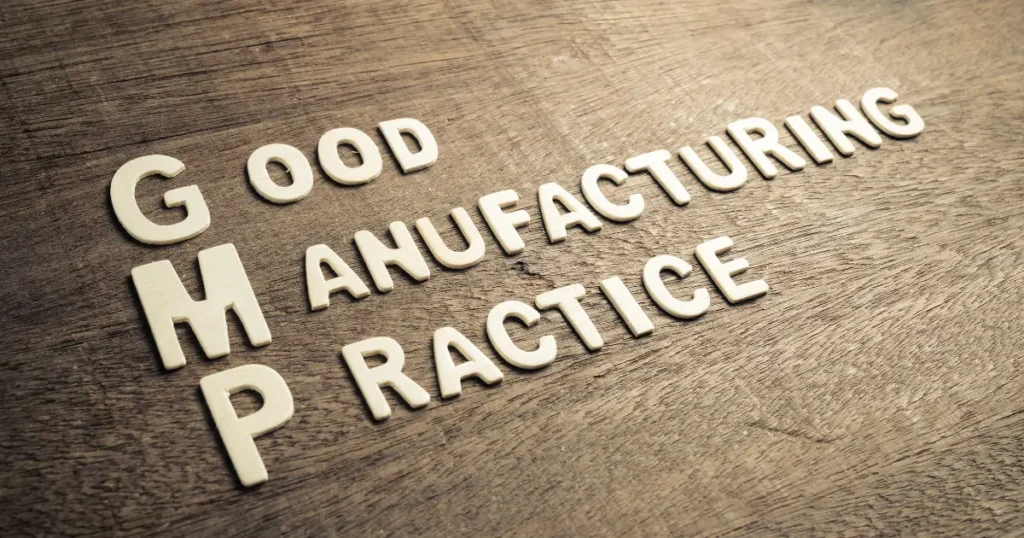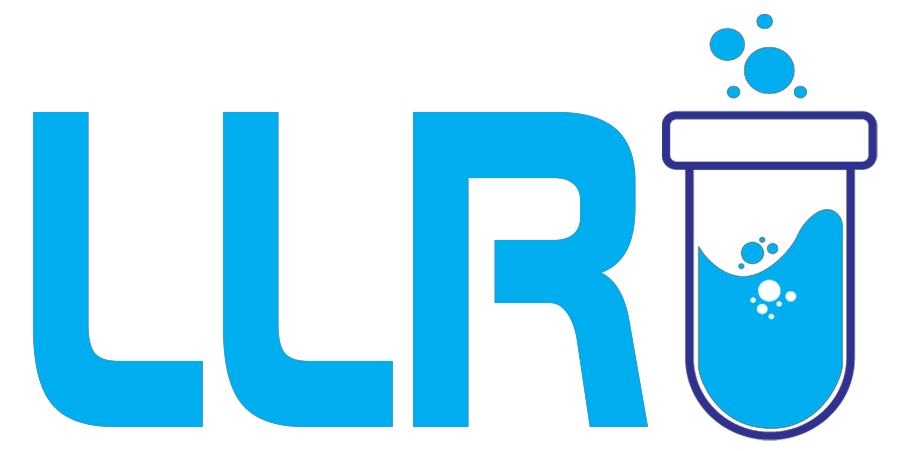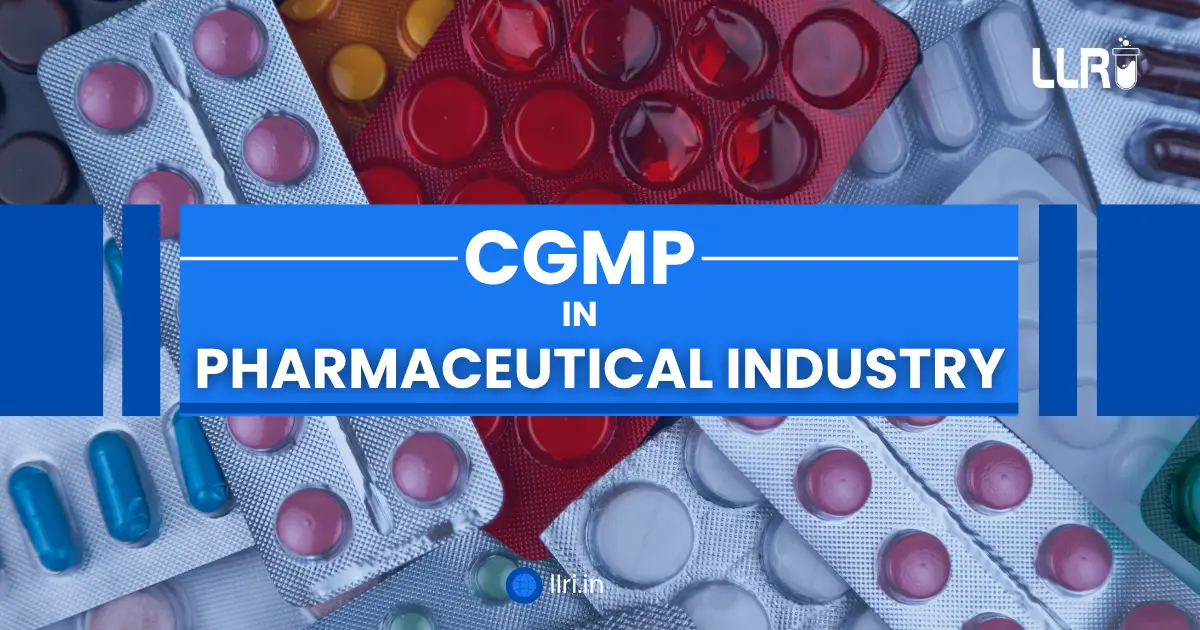cGMP in Pharmaceutical Industry: Have you ever paused for a second and thought – how do we really know our medicines are safe? Whether it’s a simple paracetamol or a life-saving injection, there’s a whole world of checks, systems, and processes that go into making sure every dose does what it’s meant to – without causing harm.
That’s where cGMP in pharmaceutical industry steps in.
So, what exactly is cGMP? Why does every pharma company talk about it like it’s the holy grail? And how’s it different from regular GMP?
Stick around guys, we’re breaking it all down in plain language. No jargon, no fluff – just what you need to know, whether you’re a student, a pharmacist, or simply curious about how safe your meds really are.
What is cGMP in Pharmaceutical Industry?
First things first: what is cGMP in pharmaceutical industry?
The term cGMP stands for “current Good Manufacturing Practice.” It refers to the latest standards and regulations set by agencies like the FDA and CDSCO (India’s Central Drugs Standard Control Organisation) that ensure drugs are consistently produced and controlled according to quality standards. The ‘current’ part simply reminds manufacturers to stay up-to-date with the latest technologies and practices.
According to the U.S. FDA,
“cGMP provides for systems that assure proper design, monitoring, and control of manufacturing processes and facilities.”
In simple terms, cGMP is like a checklist for everything that needs to go right when making a medicine, from raw materials to packaging. If something goes wrong, lives could be at stake.

Objectives of cGMP in Pharmaceutical Industry
Let’s talk about the objectives of cGMP in pharmaceutical industry, what’s the point of having all these regulations?
Here’s what cGMP aims to achieve:
- Maintain consistent product quality
- Prevent contamination, mix-ups, and errors
- Ensure proper documentation and traceability
- Promote use of validated procedures and equipment
- Protect the health of consumers
A 2023 report by PharmaTech India noted that over 72% of drug recalls globally were due to non-compliance with manufacturing practices. Clearly, these objectives aren’t just theoretical, they have real-world consequences.
Importance of cGMP in Pharmaceutical Industry
Now, let’s look at the importance of cGMP in pharmaceutical industry.
Why does it matter so much? Here’s why:
- Patient Safety Comes First
Medicines affect millions. One small mistake in formulation or packaging could be life-threatening. - Builds Public Trust
cGMP ensures transparency, allowing customers to trust what’s inside their tablets and capsules. - Regulatory Compliance
Non-compliance can lead to heavy fines, shutdowns, and permanent bans from markets like the US or EU. - Encourages International Trade
Countries with strict enforcement of cGMP can easily export to developed markets. - Boosts Efficiency
Standard operating procedures (SOPs) reduce waste, increase output, and minimise risk.
As a senior quality control expert in Hyderabad, rightly puts it:
“Without cGMP, pharma would be a game of chance. With cGMP, it becomes a system of precision.”
Difference Between GMP and cGMP in Pharmaceutical Industry
Many folks ask: What’s the real difference between GMP and cGMP in pharmaceutical industry?
Let’s break it down clearly here for y’all:
| Feature | GMP | cGMP |
| Meaning | Good Manufacturing Practice | Current Good Manufacturing Practice |
| Focus | General guidelines | Updated, modern guidelines |
| Technology | May not include latest tech | Requires latest validated systems |
| Regulatory Impact | Basic compliance | Mandatory for regulated markets |
| Audit Readiness | Often routine | Always ready for audits |
So yes, the difference between GMP and cGMP in pharmaceutical industry isn’t just about a ‘c’- it’s about staying updated. As technologies evolve, so should the manufacturing practices.
Read More: What is GLP in Pharmaceutical Industry?
Key Components of cGMP Compliance
If you’re running a pharma plant or planning to set one up, here are the pillars of cGMP in pharmaceutical industry that must be in place:
1. Facility and Equipment Design
- Cleanrooms, proper air filtration, and validated machinery
- Proper layout to avoid cross-contamination
2. Raw Materials and Inventory Control
- Only approved and tested ingredients are used
- FIFO (First In, First Out) stock movement
3. Personnel Training
- Staff must be qualified and trained regularly
- Records of training must be maintained
4. Standard Operating Procedures (SOPs)
- Every activity, from mixing to labelling, must be documented
- Revisions should reflect latest changes
5. Quality Control and Quality Assurance
- Every batch tested before release
- In-process checks for uniformity
6. Proper Documentation
- “If it’s not written down, it didn’t happen”, a common industry phrase
- Records must be traceable and tamper-proof

Common Violations and Examples
Even with clear guidelines, companies sometimes cut corners. Here are a few examples:
- In 2019, a major Indian pharma company was issued a warning letter by the US FDA for failing to follow cGMP guidelines regarding cross-contamination control.
- In 2021, over 500,000 vials of a critical injectable drug were recalled due to the absence of proper sterility checks, violating cGMP norms.
Such incidents highlight the importance of cGMP in pharmaceutical industry and how non-compliance can lead to serious reputational and legal damage.
Let’s recap…..
Here’s a quick rundown of why cGMP in pharmaceutical industry is essential:
- Prevents contamination and ensures product consistency
- Helps companies avoid legal issues and recalls
- Increases chances of global expansion
- Builds consumer and regulator trust
- Encourages efficient processes and documentation
On A Final Note…
In a world where one faulty medicine can mean life or death, cGMP in pharmaceutical industry isn’t just a requirement, it’s a necessity. From its objectives and importance to the difference between GMP and cGMP, it’s clear that following these practices isn’t optional, it’s the backbone of the entire pharma supply chain.
Still wondering, “What is cGMP in pharmaceutical industry and why should I care?” Think of it this way: without cGMP, there would be no standard for how safe your medicine really is.
If you’re in the pharmaceutical space or planning to enter, make cGMP your number one priority. It’s not just about passing inspections, it’s about saving lives.
Frequently Asked Questions (FAQs)
1. What is cGMP in pharmaceutical industry?
cGMP stands for current Good Manufacturing Practices. It ensures that medicines are consistently produced under strict quality control to ensure safety and efficacy.
2. What are the objectives of cGMP in pharmaceutical industry?
The key objectives include ensuring product quality, preventing contamination, maintaining traceability, and protecting patient health.
3. Why is cGMP important in pharma?
The importance of cGMP in pharmaceutical industry lies in safeguarding patient health, complying with regulations, and improving product quality.
4. What’s the difference between GMP and cGMP?
The difference between GMP and cGMP in pharmaceutical industry lies in the ‘current’ practices, cGMP reflects modern methods and updated technology, while GMP refers to more general practices.
5. How often should companies update their cGMP protocols?
There’s no fixed timeline, but they should continuously assess their procedures and adopt the latest regulatory and technological changes.

